NDO - Doctors at the National Children's Hospital have just saved the lives of two two-year-old children who were poisoned by eating daffodil leaves.
According to doctors from the Emergency and Poison Control Department of the National Children's Hospital, the families of the two children mistook daffodil leaves for chives and used them to cook porridge to treat coughs for the children. After eating, both children experienced gastrointestinal symptoms such as abdominal pain and continuous vomiting. The family soon realized the mistake and took the children to the hospital.
At the Emergency and Poison Control Department, the children were hospitalized to monitor their vital functions and were given measures to remove toxins from their bodies by washing their stomachs and using activated charcoal to absorb toxins and as a laxative.
Doctors also provided hydration and electrolytes and performed tests to assess liver, kidney, and heart function to promptly detect complications. Thanks to the active intervention of the medical team, after just over a day of treatment, the health of the two children stabilized and they were safely discharged from the hospital.
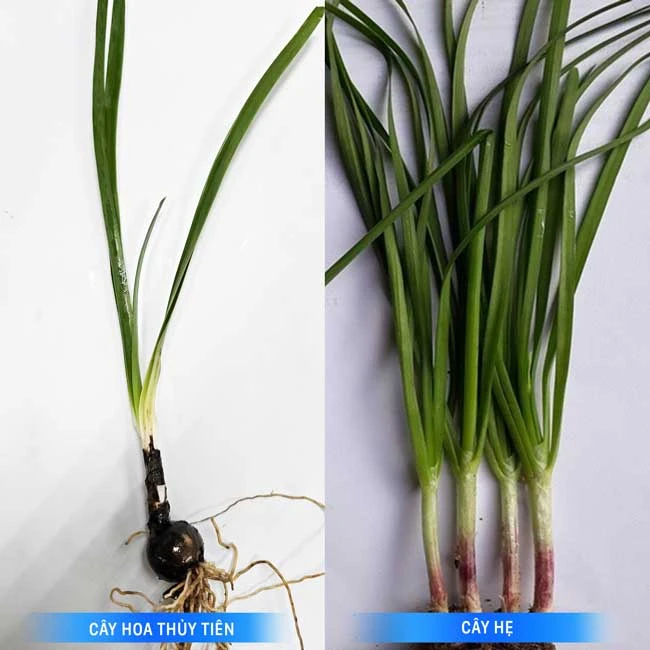 |
| The image of the daffodil plant provided (left) and the chive plant have similar leaves so they can be easily confused. |
Narcissus is native to Europe, China, Japan and has recently been introduced to Vietnam. The genus Narcissus includes about 40 species of bulbous plants, belonging to the Amaryllidaceae family.
Most daffodils are perennials, growing from bulbs in spring, flat leaves, plants are 20cm-1.6m tall depending on the species. The flowers are trumpet-shaped, yellow, white, pink with six petals and a central pistil. Daffodils have bulbs like onions, leaves like garlic leaves but thinner.
All parts of the daffodil plant are poisonous, especially the bulbs. The plant contains Lycorine, an alkaloid that inhibits the enzyme cholinesterase, causing cholinergic symptoms such as vomiting, nausea, sweating, and slow heart rate.
If you accidentally eat large quantities of daffodils, it can cause convulsions, circulatory and respiratory depression, and coma. In addition, daffodil bulbs contain oxalates, which can cause burns and irritation to the lips, tongue, and throat if swallowed.
In addition to daffodils, some other plants such as money tree and water yam can also cause burns and irritation to the mouth and throat when children eat them by mistake. Therefore, doctors recommend that parents carefully research information about indoor plants to ensure safety for children.
Avoid planting or displaying poisonous plants in places where children are present, and keep them out of reach of children. Parents and caregivers should supervise children at all times to ensure their safety. In case a child accidentally eats daffodils or other poisonous plants, parents should not induce vomiting on their own; the child should be taken immediately to the nearest medical facility for timely examination and treatment.
Source: https://nhandan.vn/an-nham-la-hoa-thuy-tien-2-tre-bi-ngo-doc-nang-post848505.html





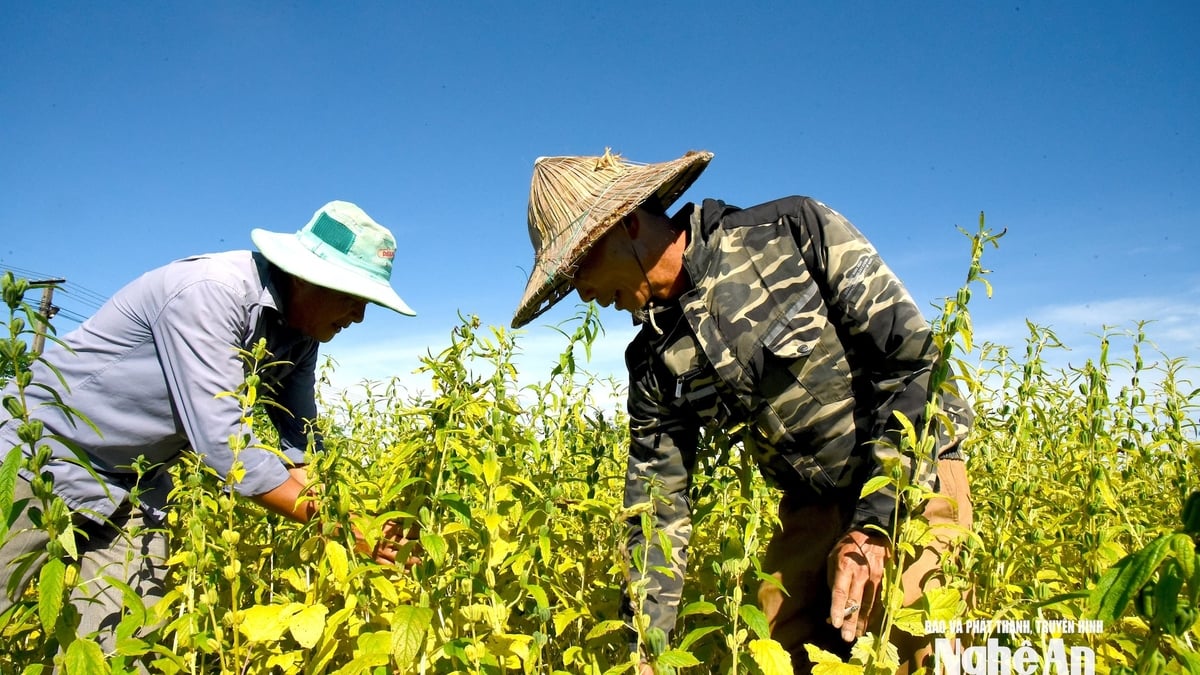

























![[Photo] National Assembly Chairman attends the seminar "Building and operating an international financial center and recommendations for Vietnam"](https://vphoto.vietnam.vn/thumb/1200x675/vietnam/resource/IMAGE/2025/7/28/76393436936e457db31ec84433289f72)






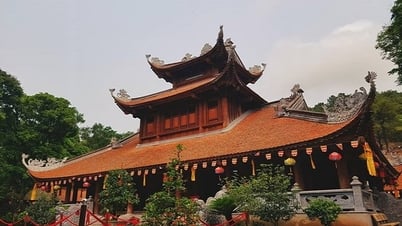


















































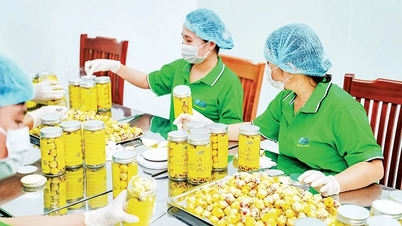






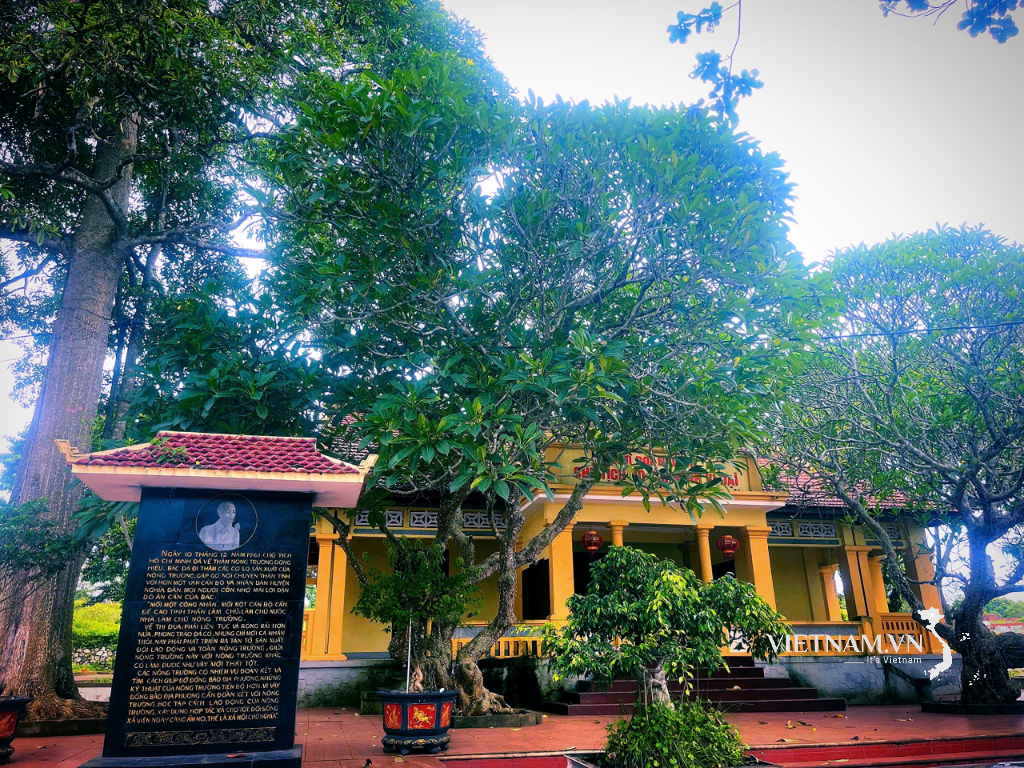



Comment (0)